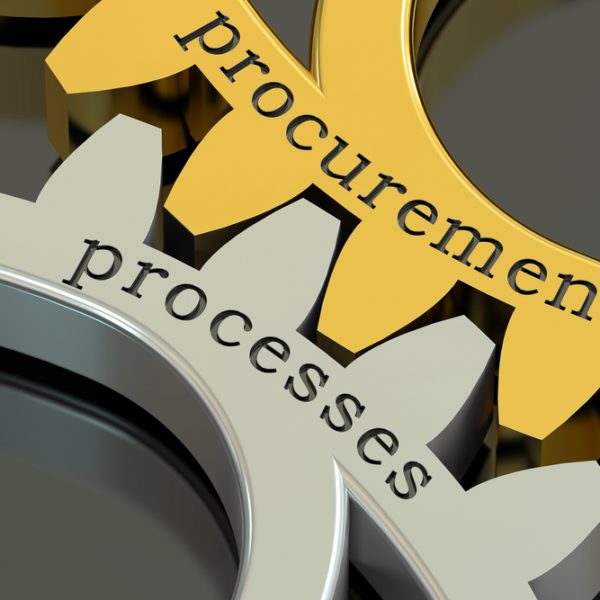Product distribution is the process by which companies ensure their product is available to their customers through the supply chain. For any product to succeed in the market, the manufacturer must ensure there is enough supply to the consumer. The distribution strategy entails transportation, packaging and delivery of products to the final user. This process involves a distributor who purchases the product from the mother company, stores them, and then sells them through a distribution outlet. They work as intermediaries between the manufacturer, retailers or consumers. The right distributor enhances the speed and efficiency with which the company’s product is exposed in the market.
This article will provide professional insight on the impressive product distribution strategies you can apply.
Intensive Distriution Strategy
This strategy is based on its goals and capabilities. It involves opening as many outlets as possible. The purpose of intensive is to reach as much of the market as possible. The brand pushes its product to cover as much ground as possible while maximizing its market capabilities.
Automobile brand or household goods uses this strategy to ensure their products reach as many consumers as possible. Depending on the need of the target market, such a strategy includes short and long distribution channels. The strategy aims at taking advantage of every possible place of selling goods. There is no limit on the number of stores or locations.
Exclusive Distribution Strategy
The strategy holds a particular distributor who is entitled to sell the company’s product exclusively in defined places. The method is commonly used in businesses dealing with luxurious and high-end products. Exclusive distribution is tailor-made to the brand and reputation image. The outlets are limited and are only opened at particular locations. Even if the product is hard to reach, its target audience is well defined and comprises people who are able to purchase the product.
The strategy is used to maintain a certain standard of brand value. For example, you will not find a Porsche outlet in your local hometown but instead, you will have to travel to another city to get a Porsche dealer. This is not the case with an energy drink like Red bull which you can find at any gas station in the city.
Selective Distribution Strategy
The strategy involves a selection of outlets in specific locations. Companies place their distribution channels in places where their products are most likely to be purchased. It is based on how a particular product fits within a store. A selective distribution strategy offers a more tailor-made shopping experience by allowing the manufacturer to select a price point that targets a determined market of consumers. It checks on the number of stores in a particular area.
Such kind of distribution strategy is based on its marketing strategy rather than the length of its distribution channel. The strategy is employed when there is a target consumer. McDonald’s, for example, will have 8-10 channels in major cities. You will have to satisfy the conditions related to the city population, reinvestment capability and sales volume to Franchise the restaurant. Moreover, even in the franchise, the mother company still has control over the selling practices and prices.
Direct Distribution Strategy
All distribution matters lie with the manufacturer. The producer will directly sell the product to the consumer. It may involve online selling platforms, but as long as the stretch of the distribution channel is minimal the strategy will be considered as a direct process. A good example is the current retail brands such as fast food. They set their own shop to sell their products and opt to have a single channel producer. The manufacturer handles all the distribution processes and will provide items to the buyer directly. The logistics will be controlled by the company. In addition, the prices offered to the purchaser will be established by the manufacturer.
Indirect Distribution Strategy
The indirect distribution process involves a long chain of distribution channels. A third party will be involved to ensure the product reaches the consumer. This strategy involves companies partnering with warehouses, wholesalers, brokers or retailers to ensure the product is available to the consumer. Warehouses will assist in the storage of the product in bulks. The wholesaler will buy from the warehouse or the manufacturer and resell the products in bulk. On the other hand, retailers will buy from wholesalers and sell in stores or online. Brokers or agents will work on marketing and specialize in customer relationship management.
Despite having different product distribution strategies, they all share a common goal which is to ensure the product or service is available to the consumer. Different strategies will differ from one business to the other. For a long time, companies have strategized on their distribution channels. Basically, a good distribution strategy should ensure movements of goods, availability of goods, protection of goods, cost reduction and customer satisfaction.


















